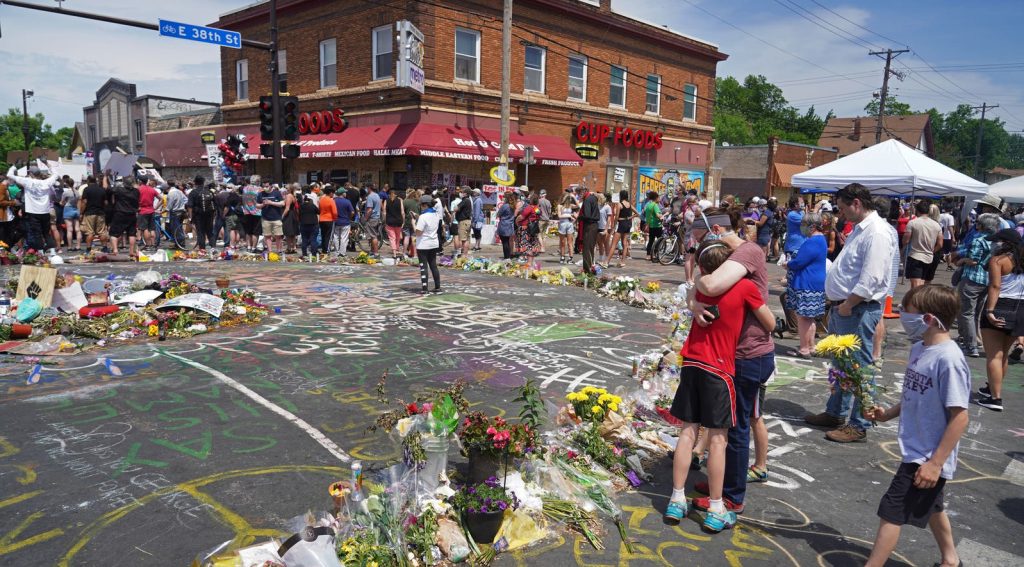Well, I have done it. In the last week I have gone through every last one of the things I have carried with me to this point in my life journey. At the height of my ownership of things, I had two houses, one in San Diego and one In Lake Arrowhead, each well furnished and full of things I valued. Divorce from my first husband whittled it down to one house ( surprisingly, the mountain home despite the fact that I worked in San Diego). Then that went too, and I started renting apartments in San Diego. After a couple of moves, I started getting real about what I was willing to lug around. The books went, and at least some of the extra sets of dishes. Along the way I have discarded mountains of clothing, outdated electronic equipment, furniture, and more. It’s really embarrassing to contemplate how much landfill I personally am responsible for.
Yet despite several serious hoe-outs of my condo and storage unit over the last several years, I still had so much stuff, it took a week to open every cabinet and drawer and make a decision about what was going to remain in my life. It’s done now. I have handled every object and relegated it to its category. Most of it is gone, the rest reduced to little more than I can fit in my car. Now I sit here, giving in to the exhaustion.
This exhaustion is in part because this deep cleaning involved going through two big boxes of memorabilia I had never had the fortitude to tackle before. I rarely have the courage even decades later to look at the intact family that imploded with the death of my son and the downward spiral of my first husband. I would look at our faces and reel with the knowledge that we had absolutely no idea what would hit us.
The memories aren’t all heavy. In fact, many are far too light. I didn’t know quite how to feel about things like old scrapbooks from as far back as elementary school, old yearbooks, and of course cubic feet of grainy, square Instamatic photos and boxes of slides. I went from those two big cartons down to a single accordion file for me and another for Ivan of artifacts from his childhood. The rest, including all the scrapbooks, went unceremoniously down the trash chute.
The purge is connected to the realization many people my age are having, that our kids don’t want our stuff. It doesn’t seem fair to leave to Ivan the task of throwing away crumbling old corsages pinned onto equally crumbling scrapbook pages, or pictures of me with old boyfriends, school friends, and relatives he doesn’t remember or never met. I needed to go through it myself, and then we both, in different ways, could move beyond.
There’s a difference between a memento and a memory. Everyone and everything that really matters is still vividly in my head and I don’t need sticky pages in old albums to keep what’s important alive. But it’s more that just the practical matter of not wanting to lug those dusty and mildewed boxes of memorabilia into the next chapter in my life. It’s not just charity in advance to make losing me a little less painful part of Ivan’s future.
The truth, really, is that I have reached a point where my past is just not that interesting to me. I want to be as fully here in the present as possible, unencumbered by closets full of mementos of years that, to be truthful, feel quite alien to me. I look at my kindergarten class picture and see that girl with the lopsided grin, and though I know she is me at five, I can’t “relate” to her any more than to a random five year old today. In fact, I have only one concrete memory of that entire school year, when the teacher, a gruff and ancient German refugee named Mrs. Popp, scolded me for throwing something a little too effectively. Down the chute the picture went, and every other class picture too.
As I write this, I struggle to find the right word for those things I threw away and the things I kept. Possessions? Not really. What does it mean to possess something anyway? And surely an old “Nixon for Governor” bumper sticker in a scrapbook doesn’t measure up to the passions that word should invoke.
Belongings? Think of how silly it sounds to call what you own your “belongings.” Maybe that flyer from a Donovan concert my freshman year of college reminds me of feeling that I belonged exactly where I was that evening. But to call that flyer a “belonging” of mine more that fifty years later seems downright bizarre. Does it belong to me, or do I somehow belong to it? And really, what does it matter?
My true “belongings” are intangible and fluid. I belong to my world, I belong when I am in harmony with it, I belong when I feel I am on the right path. This kind of belonging takes up no space in a car or closet, and matters so much more.

